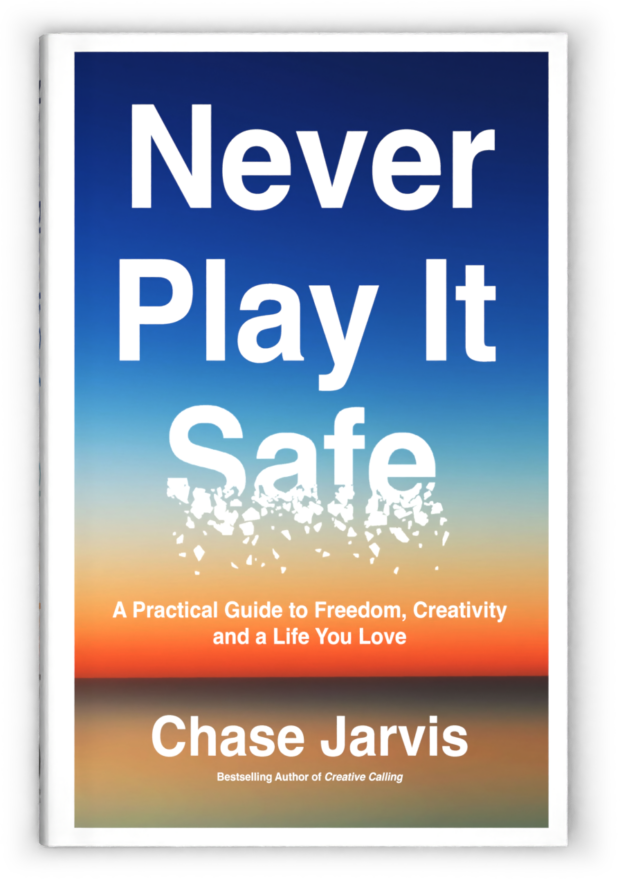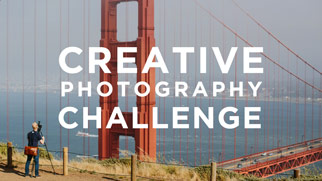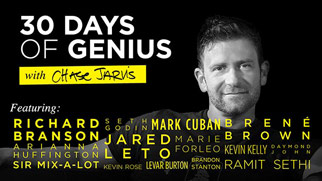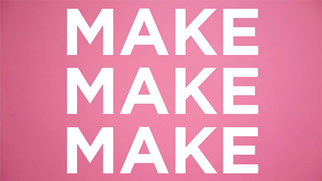As a springboard from all the portrait work I’ve done over the past three years, I, at some time during that process, became really attuned/enamored/moved by people’s faces and started experimenting with a new creative study. Internally we’re calling it “60”. In short, it’s really simple: I’m taking 60 second video portraits of people. No instruction, no direction, no coaching, nothing. Just the camera pointed at them for a minute.
Although the concept is simple, I’ve found the results to be pretty interesting. At a fundamental level, the human face says a lot, even without the person saying anything at all.
While I’ve been at this for a while, I thought it would be time to start sharing some of these portraits here on the blog. This chase jarvis 60 features world-renowned explorer Mike Horn. You may remember Mike from my Pangaea experience across the South China Sea with Panerai watches. [Lots of posts here, here, and here.] It was a life changing experience for me, and a good bit of it was getting to know Mike. Hopefully you’ll get to know him a little here as well.
Love to know your thoughts.
[aside: if you are interested in seeing these videos when I post them to youtube, rather than just the occasional ones that make it here to the blog, you’re invited to subscribe to my youtube channel here. thx]
Shout out to McKenzie Stubbert for the music.






















The Chinese have practiced a type of “science” of face reading practitioners have studied, codified, and passed down to the next generation. While I wouldn’t go so far as to pass up a person for employment based on a face-reading analysis, there is something we’ve recognized, even in the work of Malcolm Gladwell’s, “Blink” in terms of understanding split-second judgments we make everyday about situations, emotions, and even the human face and behavior.
I admit as a counselor and coach, I know I am being “read” by my clients as much as I am reading them – their faces, eyes, nervous behaviors, they way they sit, squirm, and even in their silence, what they do and do not do.
I hope you enjoy your “60” project for what it will teach you about humanity, and about yourself.
Warmly,
Imei
I hate to say this but why the hell didn’t I think of this? Brilliantly simple idea and a really great way to totally intimidate your subjects:-)
People have been doing these for several years, and the idea sort of took off a bit when Flickr introduced video. They’ve been commonly referred to as “long portraits”.
I think it’d be sort of interesting to see a gallery of these (maybe use iPads or something to hang them on the walls).
Even cooler, would be to do them in 3D and hand out 3D glasses to people as they enter the gallery to view them.
moving portraits have been around since even before warhol – although he pushed the concept the strongest.
didn’t know about any of the flickr work you cite… my study here is certainly in the vein of all this. couple considerations I’m interested in …
1. the further collision of (and subsequent ensuing lack of differentiation between – “convergence”) the still and moving picture.
2. that technology in part is more easily/ readily responsible for allowing that convergence (ipads display both, phone, hddslr cameras capture both etc), but…. (see #3)
3. that sharing the portraits as quickly as we now can result in people “knowing” people, more quickly, more remotely, more easily (but more removed?). a simple expansion of the idea of whether or not technology is a facilitator of real human connection or a barrier to it.
Thanks for the reply, Chase.
As a still photographer who currently doesn’t have much interest in doing video work (although I’m continually astounded by the works of others and sometimes wish I could do that, so it may change), I’m also very interested in where this idea of “convergence” is going. A sort of fear tends to come and go about video overtaking stills, and I in no way want to stir that pot here, but I think there will always be a place for both.
A still image can instantly relay all the information necessary for an ad or anything else, while video requires you to watch it for any given amount of time. In the same way that people rushing along a busy street, subway station, etc are very unlikely to stop and watch a 15-30 second video ad, I’m not sure how much people will want to watch a full minute’s worth of someone just standing there awkwardly in front of a camera, unless it’s in a setting such as a gallery or other presentation.
I’m not sure I’d agree that the current form of just having someone filmed like this for 10, 30, 60, how ever many seconds can really help us “know” someone. For example here we just see Mike squinting from the bright light and kind of looking around a little. He could be a very shy person, or he could just as easily be a very loud and social person that’s just caught off guard by having someone approach him about this, set up a tripod and start filming him without him knowing what he’s supposed to “do”. He’s not really “in his element” in any real way to get to know who he really is.
You’re definitely on the right track to be exploring this and seeing what comes of it, I just think the medium is still a bit up in the air at the moment as far as how to best utilize it. As a comment below shows, many people don’t understand the purpose.. perhaps figuring it out a bit more to better capture to real essence of the person will help in that regard as well.
I agree. Compelling concept, but evocatively scratching the surface.
At about 20-25 seconds, I began wanting to know more, see the context behind the man. But then again, if he were more expressive–perhaps interacting with, or responding to, something–that might delay the desire to move on. A deeper dive into the results would be telling. It’s hard (and perhaps premature) to judge a concept by a single execution.
But overall, this is what a new medium (for us still shooters) is all about – experimentation, evolution and throwing darts at the board. Good dart, Chase.
I think your on to something here,
Your capturing something a still image usually cant.
The word is ‘essence’ … or is it?
The question to ask yourself?
Are you delving into the subject at a different level?
And why is our feeling of the subject different, than a still image?
Considering that they do not speak, why do we know more?
And why do we have more questions, about the subject, simply because we see them in motion?
Fascinating project
Again … your onto something here.
Great concept. Such as simple idea with such an interesting result. I’d be curious to see the same thing start with a broader shot to briefly show context (such as the raging sea or whatever’s relevant to the subject), and then slowly move in to focus on the face. . . .